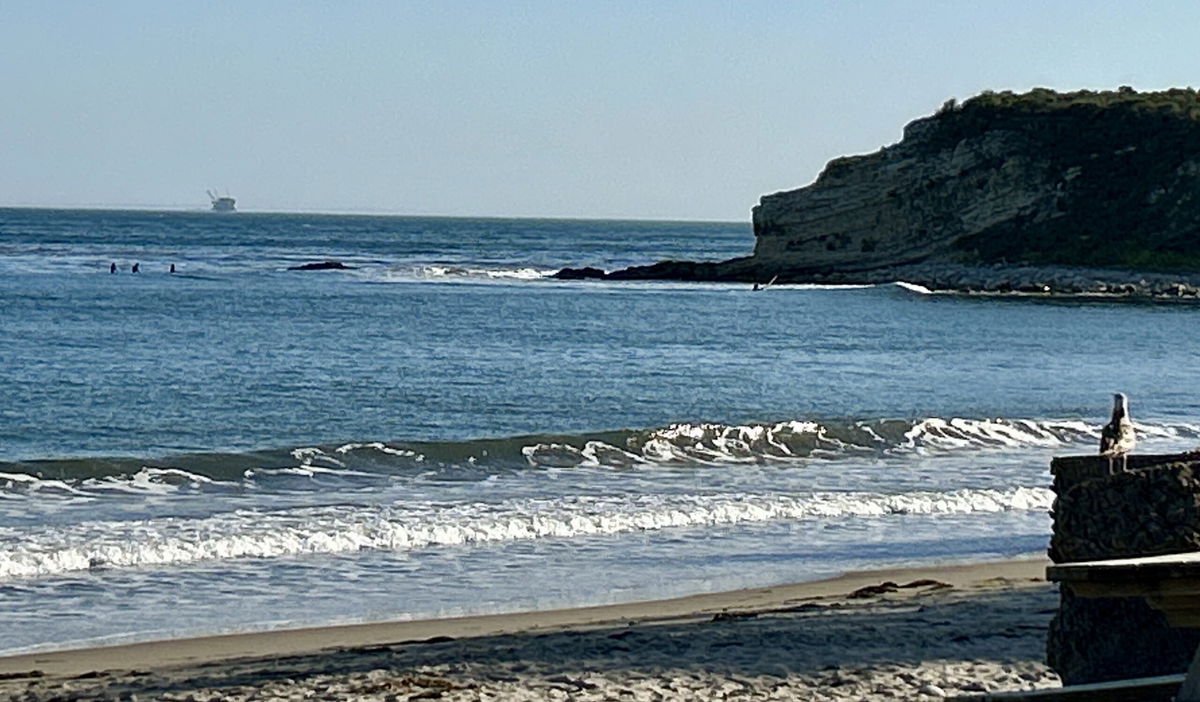County Health Department Issues General Rain Advisory for Local Beaches

News Channel 3-12
Below is a press release from County of Santa Barbara Health Department regarding a General Rain Advisory for local beaches.
SANTA BARBARA, Calif. – Due to the recent rainfall, Santa Barbara County Environmental Health Services wants to remind residents about potential health risks associated with storm water runoff at countywide beaches. Storm water is untreated rainwater that flows through the drain system into creeks, the ocean, and other waterways. Contact with storm water while swimming or surfing may increase the risk for certain types of illnesses such as rashes, fever, chills, ear infections, vomiting, and diarrhea. Also, due to increased creek flows, debris such as logs may be present in the ocean and other waterways posing an increased risk of injury to anyone entering these waters.
To minimize potential health and safety risks, it is recommended that people do not swim, play or surf in the ocean and creeks during and for at least three days following a rain event. Beachgoers should also avoid areas near the outfall from drainpipes and creeks that enter the ocean following a rain event as storm water runoff may carry high levels of bacteria and pollutants.
Due to the annual sport-harvested mussel quarantine (normally May 1 – October 31), recreational/sport-harvesting of mussels should not occur. Recreational/sport-harvesters should wait at least 10 days after significant rain to harvest other shellfish. High bacterial levels, pesticide, herbicide and motor oil grease flushed into the ocean with the storm runoff may impact shellfish beds. Adequate cooking of shellfish will destroy harmful bacteria but may not be effective in killing viruses. In addition, cooking does not eliminate chemical and metal pollutants in shellfish.
Traducción al Español:
SANTA BARBARA, Calif. – Debido a las recientes lluvias, Servicios de Salud Ambiental del Condado de Santa Bárbara quiere recordar a los residentes sobre los riesgos potenciales para la salud asociados con la escorrentía de aguas pluviales en las playas del condado. Las aguas pluviales son aguas de lluvia no tratadas que fluyen a través del sistema de drenaje hacia los arroyos, el océano y otras vías fluviales. El contacto con las aguas pluviales mientras nada o surfea puede aumentar el riesgo de ciertos tipos de enfermedades como ronchas, fiebre, escalofríos, infecciones de oído, vómitos y diarrea. Además, debido al aumento de los caudales de los arroyos, los escombros, como los troncos, pueden estar presentes en el océano y otras vías fluviales, lo que presenta un mayor riesgo de lesiones para cualquier persona que entre en estas aguas.
Para minimizar los posibles riesgos para la salud y la seguridad, se recomienda que las personas no naden, jueguen, ni surfeen en el océano y los arroyos durante y por al menos tres días después de un evento de lluvia. Los bañistas también deben evitar las áreas cercanas al desagüe de las tuberías de drenaje y los arroyos que ingresan al océano después de un evento de lluvia, ya que la escorrentía de aguas pluviales puede transportar altos niveles de bacterias y contaminantes.
Debido a la cuarentena anual de los mejillones de pesca deportiva (normalmente del 1 de mayo al 31 de octubre), la pesca recreativa/deportiva de mejillones no debe ocurrir. Los pescadores deportivos/recreativos deben esperar al menos 10 días después de una lluvia significativa para cosechar mariscos. Los altos niveles de bacterias, pesticidas, herbicidas y grasas de aceite de motor que se vierten en el océano con la escorrentía de las tormentas pueden afectar los lechos de mariscos. La cocción adecuada de los mariscos destruirá las bacterias dañinas, pero puede no ser eficaz para matar los virus. Además, la cocción no elimina los contaminantes químicos y metálicos de los mariscos.
The Latest Breaking News, Weather Alerts, Sports and More Anytime On Our Mobile Apps. Keep Up With the Latest Articles by Signing Up for the News Channel 3-12 Newsletter.